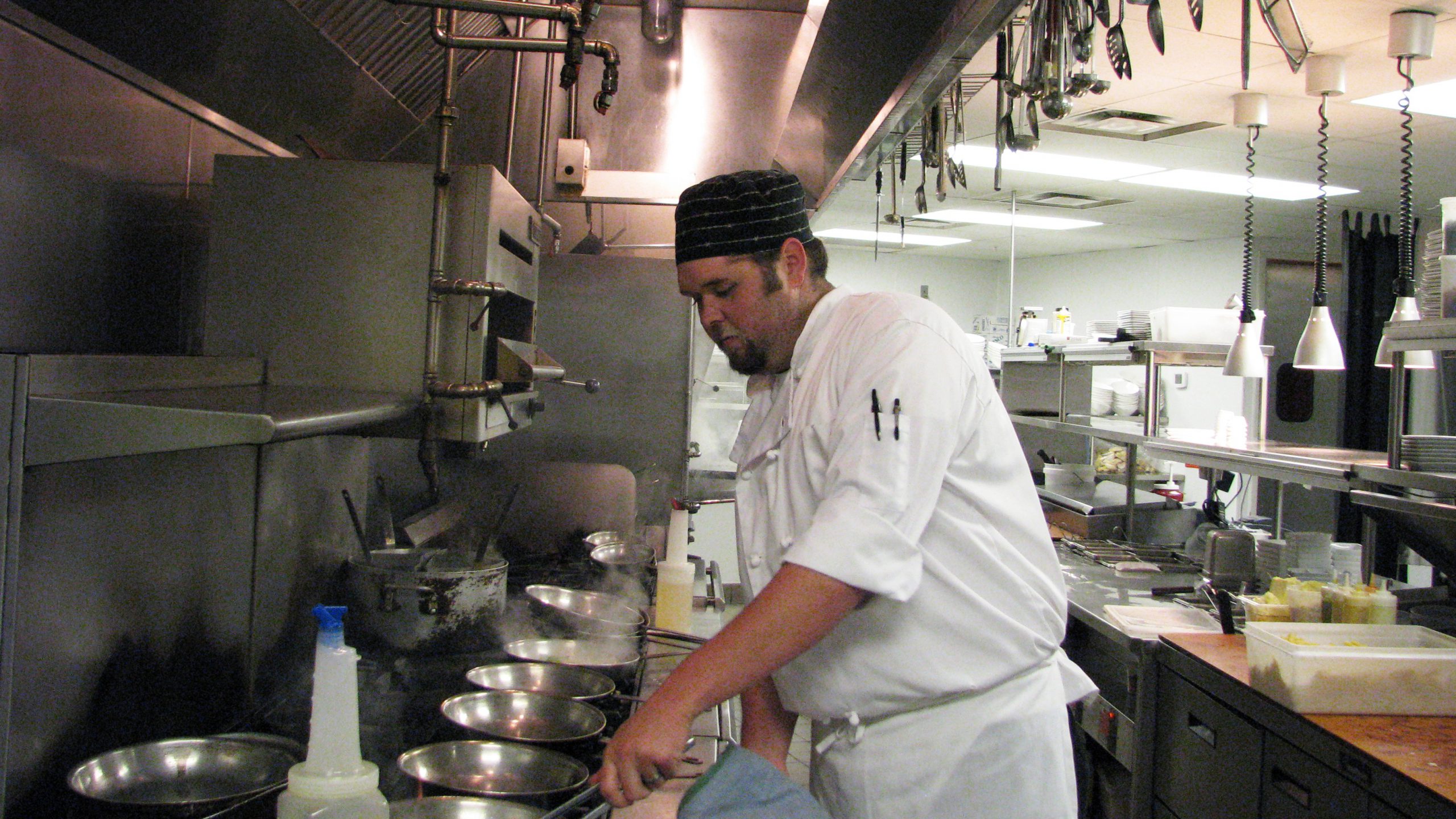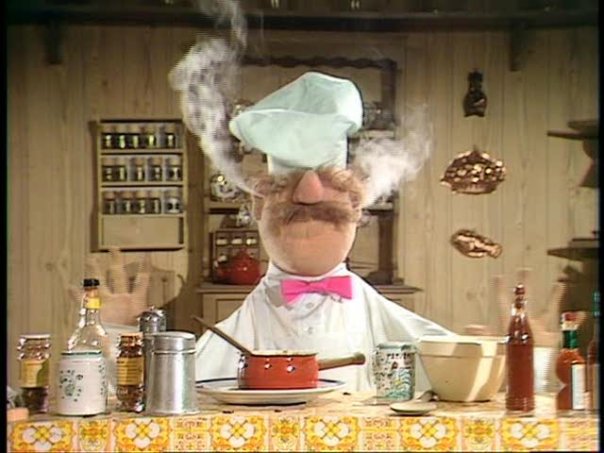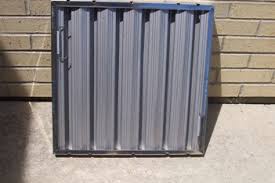If you have owned or operated a restaurant, you are familiar with the challenges of maintaining proper airflow throughout the building. From the kitchen to the front of the house to the back of the house, proper airflow can be challenging to keep in balance. That said, restaurants go out of balance for many reasons, wreaking havoc on a building’s health, comfort, and ventilation.
Does your restaurant look like this?

Unfortunately, these types of issues are extremely common in existing restaurants throughout the United States, and, when left unaddressed, can lead to negative building pressure, which causes serious long-term damage, poor indoor air quality, poor energy efficiency and uncomfortable conditions.
What are the industry guidelines for building ventilation?
ASHRAE 62.1 outlines minimum ventilation rates for various types of buildings, as well as other measures to ensure acceptable indoor air quality (IAQ) for human occupants. In a nutshell, ASHRAE recommends a certain minimum amount of fresh outside air be introduced through the building’s HVAC system. It also recommends that the proper amount of outside air be verified at least every five years. Without properly setting the outside air intake volume, buildings can experience negative building pressure and exhibit sick building characteristic. The best way to verify outside air is to hire a certified Test & Balance company, such as Melink, which has the proper air measurement instrumentation and years of experience.
How can I tell if my restaurant is properly ventilated?
- Observe restaurant conditions and ask staff for a log of comfort issues
- Turn on HVAC equipment, “Fan On” mode
- Check the front door for signs of negative building pressure
- Observe the kitchen hoods for proper smoke capture
- Check the restaurant for drafts
- Inspect the rooftop equipment to ensure it is in working condition
- Ensure your HVAC preventative maintenance services are being performed satisfactorily
- Contact Melink for building balance and comfort investigation services
How can I be sure my building stays healthy, comfortable, and properly ventilated for the long-run?
More and more restaurant chains are interested in the idea of “ongoing commissioning.” With scant facilities budgets and facilities managers stretched ever thinner, it is not feasible to routinely send someone to each facility to verify building health, ventilation, and comfort. Out of this necessity, Melink’s PositiV® Building Health Monitor was born. PositiV is a standalone system that monitors your building’s pressure and remotely tracks building health. Alerts are sent when the system detects anything is out of set parameters. Moreover, PositiV monitors temperature, relative humidity and CO2 so that you gain a full picture of the health of your facility.

PositiV is THE solution toward being able to actively monitor restaurant health, comfort and ventilation for the long-haul, and it is the most affordable way for multi-site facility managers to proactively stay ahead of building health issues before they become big facility problems.
Below is a REAL restaurant’s PositiV data. The site is taking action to improve negative pressure and building ventilation issues before they cause building damage, mold and comfort problems.

Ensure Your Restaurant’s Ventilation & Air Quality
For further information restaurant ventilation and PositiV (ongoing commissioning), please e-mail [email protected] or call us at 513.965.7300.



